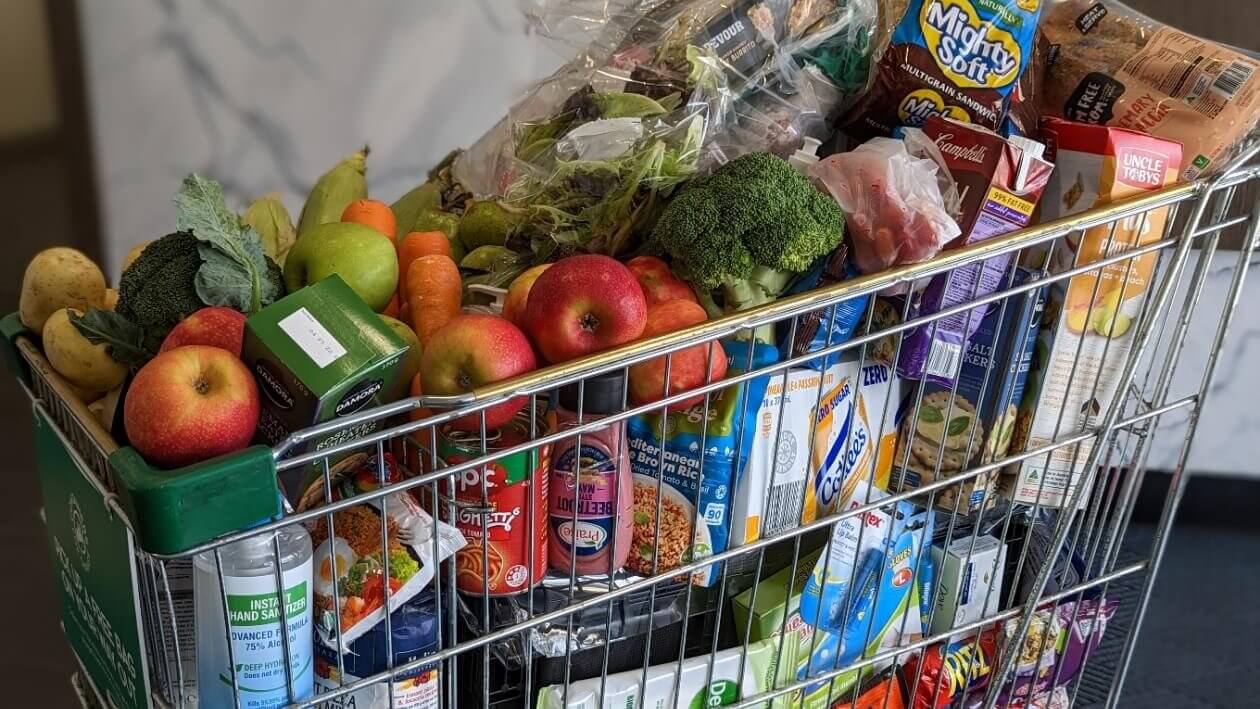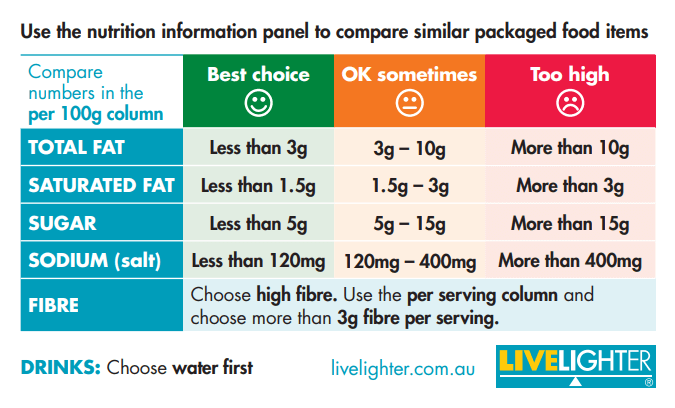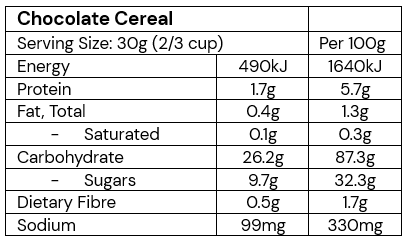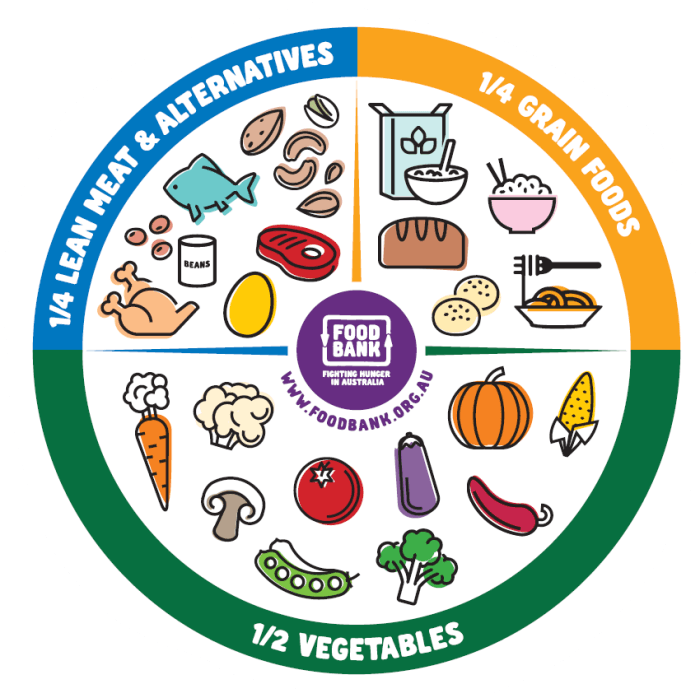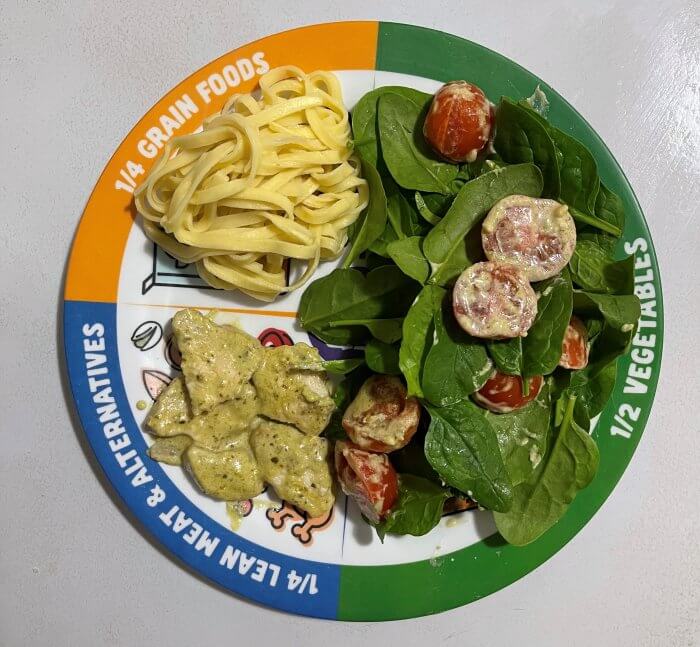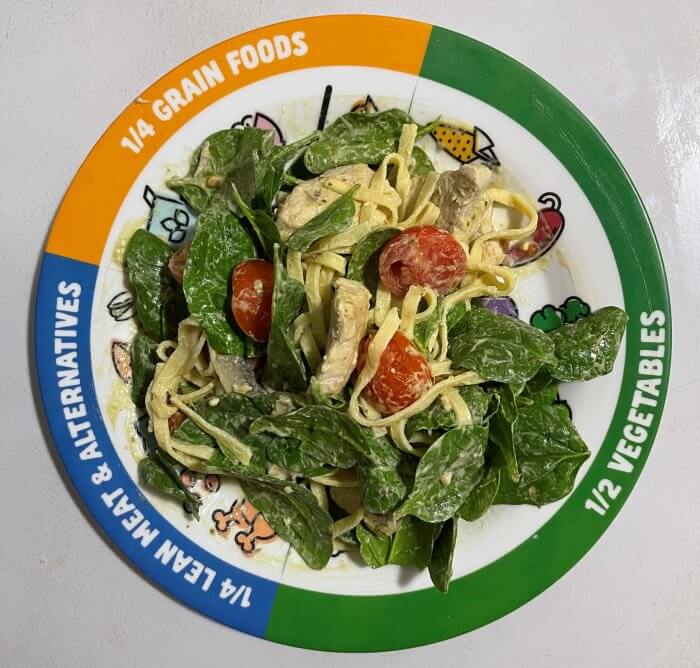How to build a healthy meal
With a wide range of foods, recipes and nutrition information available to us, it is becoming increasingly difficult to distinguish which foods are healthy options. Recipes that include nutritious foods from the five food groups are best, however there are many convenient food products available that can form the foundation to build a quick healthy meal.
Selecting healthy foods
Foods from the five food groups including grains and cereals, vegetables, fruit, dairy and lean meats and alternatives, are nutritious foods to enjoy every day for good health. These foods are shown in the Australian Guide to Healthy Eating, and are recommended for the general population to support wellbeing and lower the risk of chronic disease.
You’ll notice these foods in the supermarket often don’t have a nutrition panel or they just have a short ingredient list, for example fresh produce, oats or eggs. Foods from the five food groups are packed with nutrients to provide energy, repair and build muscle and protect our immune system. These foods can also be combined with convenience foods to create a quick healthy meal and are widely available. For example, a bag of frozen vegetables that are pre-peeled and chopped, can be combined with beef and canned beans to make a stew. If a recipe contains most of the five food groups and oil in small amounts, you are on the right track!
Identifying healthy products in the supermarket
Packaging often uses images and claims to make products seem healthy, cereal boxes are a common example. The nutrition panel and ingredient list give the best insight into whether a product is a healthy choice. It’s best to choose items low in salt, sugar, and saturated fat, as we don’t need much of these.
This guide from LiveLighter is available to assist us to read food labels and select packaged items lower in salt, sugar and fat, and higher in fibre.
(Left to right) Figure 1: Example of a nutrition panel. Figure 2: Live Lighter, 2021.
By using the information on the nutrition information panel, you can compare similar products to choose a healthier alternative for your next meal. For example, if you were looking for a lower salt option, you might decide to swap out instant noodles for rice noodles in a stir fry recipe. Or, if you wanted a sandwich filling lower in saturated fat, you may swap butter for hummus.
Tips to build a healthy meal
How do I build a healthy meal? Using your plate as a visual guide is a simple way to build a healthy meal. You want to aim for half your plate to contain veggies, one quarter to contain lean meat or alternatives and one quarter to contain grain foods. If your plate is filled mostly with meat and grain foods, this could be an opportunity to add some more vegetables.
Below, is the Foodbank Portion Plate, and an example of how it may look when eating at home.
(Left to right) Figure 3: Foodbank WA Portion Plate for Adults, foodbank WA. Figure 4: An example of chicken pasta divided into food groups, Foodbank WA, 2021. Figure 5: Chicken pasta combined, Foodbank WA, 2021.
If you think you would benefit from this resource, check out Superhero Foods HQ for more details, and to view merchandise and other nutrition resources such as recipe books and kid-friendly healthy eating activities.
Remember, building a healthy meal which includes the five food groups can be cost effective and nutritious. Fruit and veggies are nutritious choices whether they are fresh, frozen or packaged. If you’re looking for quick healthy recipes or want to learn more about food label reading and cooking with healthy foods, visit nom.org.au for delicious and healthy recipes and nutrition education programs to support your learning.
